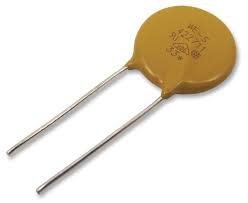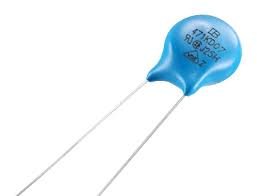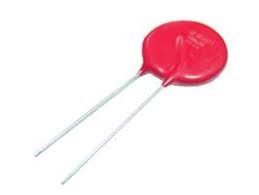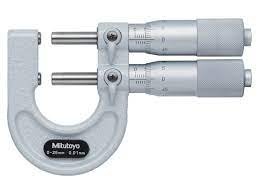TVS Varistor MOV – How To Be More Productive?
Transient voltage suppression products based on metal oxide varistors or MOV technology are utilized to protect electrical and electronic devices against possible electrical or excess voltage hazards, such as the hazards caused by lightning-induced transients, electricity, static, and other similar hazards. TVS, Varistor MOV have the property of high parasitic capacitance, which allows them to restrict their application to low-frequency circuits like AC utility power inputs. In this application, they excel because of their high dissipation capacity and clamping action. In this way, the protected devices can operate continuously without resetting the process following a protection event, just like it is familiar with crowbar mechanisms.

How Does a TVS Varistor Work?
Varistors are utilized to protect circuits from high voltage spikes. When a high voltage surge is applied to the circuit, the result is usually catastrophic. You can install the capacitor across the signal lines. However, this capacitor is not capable of suppressing voltage surges.
Therefore, a varistor is the best option for voltage protection when you need to protect the circuits from voltage surges. When the voltage spike exceeds a specific limit, or you can say it goes beyond the varistor’s standard voltage, the varistor will effectively suppress this voltage to protect the circuit.

Characteristics
Varistor voltage
This is the voltage that is applied across the terminals when a current of 1 mA flows through the varistor
Peak Pulse Current
This is the impulse current that the varistor can easily withstand.
Impulse Noise Voltage
When the voltage goes above or below the varistor voltage, the varistor tends to increase or decrease the internal resistance of the noise source and line impedance.
Voltage Conditions
When the voltage does not pass the varistor voltage, the varistor operates as a capacitor. However, when the surge voltage exceeds the TVS, Varistor MOV voltage, the impedance across the varistor terminals will decrease significantly. Because the input voltage to the circuit primarily depends on the varistor internal resistance and line impedance, the decrease in the impedance across the terminals enables surge voltage suppression.

How to Select the Right TVS, Varistor MOV?
A vital factor to consider during varistor election is how it can handle the peak pulse current. The peak pulse current is the maximum current at which the varistor voltage remains the same and will not change more than 10% even if a peak current is applied twice at five-minute intervals.



